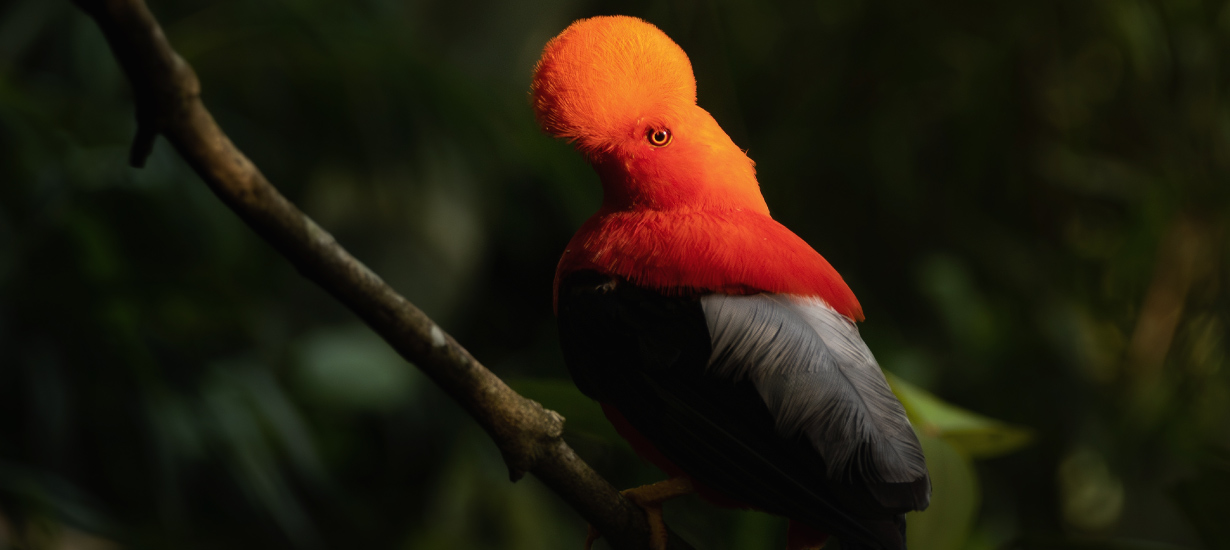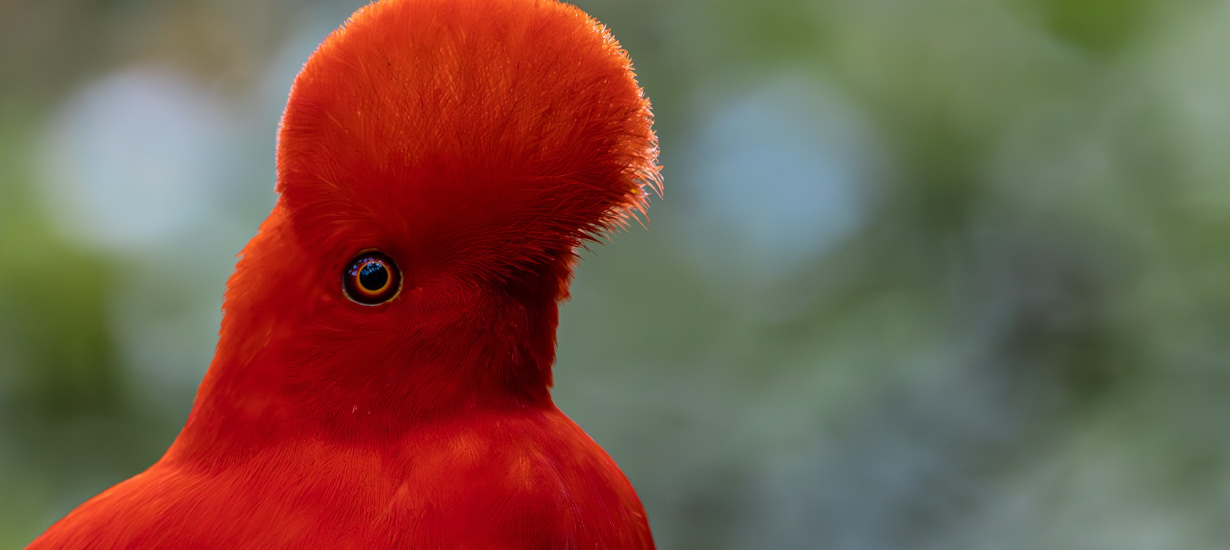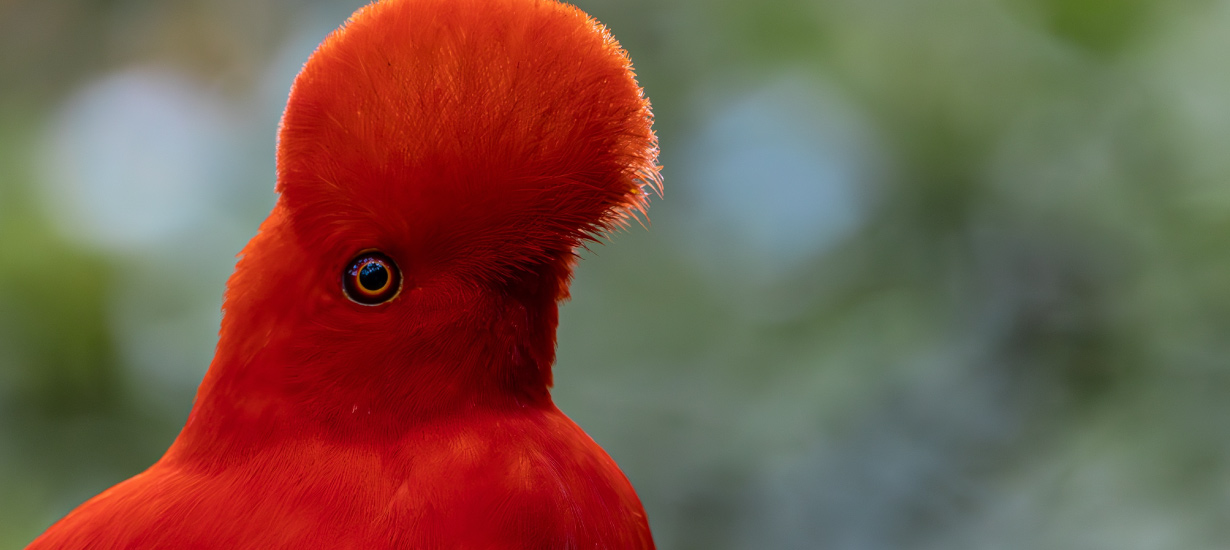Cock-of-the-rock: Peru's national bird
Síguenos en:Google News
The cock-of-the-rock stands out for its red plumage and key role in the Amazon as a seed disperser and cultural symbol.
Where does the cock-of-the-rock live?
The Cock of the Rock, also known as Rupicola peruvianus The tunqui, or tunqui, is one of Peru's most emblematic bird species. Recognized as the national bird for its striking appearance and deep connection to the ecosystem, this bird inhabits the forests of the eastern slopes of the Andes.
What characteristics does the rooster have?
What stands out most about the cock-of-the-rock is its intense orange-red plumage in males which contrasts with its black wings. This display of colors, although it may seem incredible, plays an important role in mating rituals, where males perform dances with guttural sounds to attract the attention of females.
Where does the cock-of-the-rock live in Peru?
This specieslives in 22 protected natural areas, such as the Tingo María National Park (Huánuco) and the Historic Sanctuary of Machupicchu (Cusco). In addition, it is distributed in forested areas, preferably near ravines and canyons, where it finds shelter and food. When consuming fruits, the cock of the rocks plays an essential role in seed dispersal, contributing to the regeneration of the Peruvian rainforest.
Meanwhile, this national bird is so important that its significance is represented on the back of the new 200 soles bill, the same one that was presented by the Central Reserve Bank of Peru in 2023.
The Cock of the Rock not only represents Peru's natural wealth, it's also a symbol of the connection between biodiversity and cultural identity, being a treasure that inspires admiration and commitment to its preservation.
In this article, we'll tell you more about our national bird.

Characteristics and habitat
It is medium-sized, about 35 centimeters long. The male is a beautiful deep orange-red color, with orange eyes, yellow legs and beak, and black wings and tail. The female is dark reddish-brown.
In Peru it is found in protected areas such as the Abiseo River National Park in San Martín; Yanachaga-Chemillén in Pasco; Tingo María in Huánuco; and Manu National Park, in Cusco-Madre de Dios. Also in protected forests such as Alto Mayo, in San Martín; San Matías-San Carlos, in Pasco; and Pui-Pui, in Junín. Likewise, in the forests of San Ignacio, in Cutervo National Park, in the Historic Sanctuary of Machupicchu, and other similar territories along the eastern slope of the Andes.
They live in groups of 10 to 20 individuals. Cock-of-the-rocks lay their eggs in crevices in cliffs. It is very rare to find a solitary cock-of-the-rock, as they always live in small communities. They remain hidden for most of the day and only emerge from the forest at certain times. They have been seen bathing and drinking on riverbanks.
What does the cock-of-the-rock eat?
The Peruvian Cock of the Rock feeds on a large number of wild fruits, which grow in large quantities in the mountain forests of the eastern Andean slopes.
They are frugivores (fruit-eaters). This is a consequence of the fact that between 50% and 80% of Amazonian trees produce fruit as a means of propagation. In addition to their proven abundance, additional factors such as the availability and diversity of wild fruits determine that it is possible to find fruit in any season or time of year, although the quality of the food is not the same throughout the year.
Reproduction
The sexual courtship of rock-crested birds has special significance. The males gather at sites called "singing holes" to perform a kind of song and dance contest. Standing in strict order, they offer themselves to the females, putting on their best performance, in which the crest plays a key role because it attracts them the most.
Important data
Being large seed disseminators in the rainforest they contribute to forest preservation. In this way, they aid the natural regeneration of their environment. Currently, it is estimated that there are around 3,000 specimens, so their protection is urgently needed nationwide.
You might also be interested






